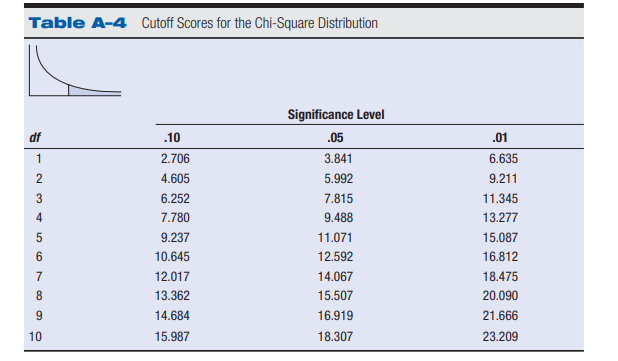A developmental psychologist who wanted to see if children who started walking earlier performed better in the school divided 30 children into 3 groups: early walkers, middle walkers, and late walkers. At the end of second grade, the psychologist computed a composite school performance score based on teachers' reports. Here is the data: Early walkers: M=2.94 (SD=.61) Middle walkers: M=2.84 (SD=.70) Late walkers: M=2.77 (SD=.64) The psychologist ran an ANOVA and found that F(2,27) = .86. What jumps out at you about these results? Were these significant findings? Can you tell just by comparing the means? What number here tells you if there is the significance? You will have to go to the table to find the cutoff score to finish solving this puzzle.....then discuss this problem amongst yourselves. Note: You're not working anything out; you're just looking at the output I have provided.
A developmental psychologist who wanted to see if children who started walking earlier performed better in the school divided 30 children into 3 groups: early walkers, middle walkers, and late walkers. At the end of second grade, the psychologist computed a composite school performance score based on teachers' reports. Here is the data:
Early walkers: M=2.94 (SD=.61)
Middle walkers: M=2.84 (SD=.70)
Late walkers: M=2.77 (SD=.64)
The psychologist ran an ANOVA and found that F(2,27) = .86.
What jumps out at you about these results? Were these significant findings? Can you tell just by comparing the means? What number here tells you if there is the significance?
You will have to go to the table to find the cutoff score to finish solving this puzzle.....then discuss this problem amongst yourselves.
Note: You're not working anything out; you're just looking at the output I have provided.

Trending now
This is a popular solution!
Step by step
Solved in 2 steps with 4 images









